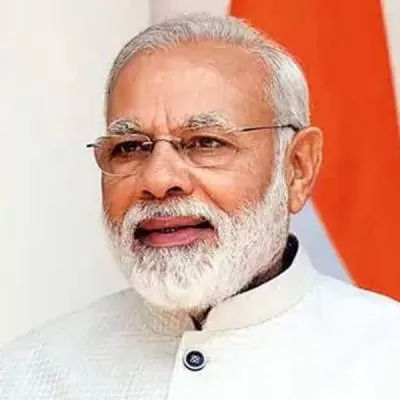

Prime Minister Narendra Modi has marked a significant step towards modernising Varanasi's infrastructure and addressing pressing urban challenges by laying down the foundation of Digital Twin in his constituency Varanasi. The award was given to mapping pioneer Genesys International Corporation.
Genesys, in collaboration with Varanasi Smart City (VSCL), is embarking on implementation of a 3-D Digital Twin, covering an extensive area of 160 sq km. Leveraging the Genesys New India Map stack, this project aims to create an accurate 3-D replica of Varanasi, capturing its physical features, processes and relationships. The value of the order is Rs 70 million.
The Urban Spatial 3-D Digital Twin will serve as a comprehensive representation of Varanasi's real world environment, facilitating targeted interventions to alleviate issues such as traffic congestion, logistics, mobility, solid waste management, urban flooding, and promotion of tourism. By integrating manned aerial LiDAR mapping, terrestrial mobile LiDAR and 360-degree street panoramic imagery, the project ensures a high level of accuracy and detail in the city model. The Genesys constellation of sensors is creating a nationwide urban digital twin.
Genesys has also now finished around 1,500 towns and cities as part of its street imaging programme and also partners with Google maps for the same.
One of the primary objectives of this initiative is to enhance governance through a geo-enabled decision support system (DSS), fostering collaboration and communication among government departments. By providing analytical mapping capabilities, the project enables responsive coordination and intelligent decision-making within departments.
Commenting on the order win, Sajid Malik, CMD, Genesys International Corporation, said, “It is a momentous occasion for us to Digital Twin Varanasi. Our 3-D city data will be integrated into various development schemes and projects. The simulation capabilities offered by the Digital Twin will aid urban planning efforts, allowing predictive visualisation of infrastructure projects such as flyovers, foot-over bridges and road-widening. Moreover, the precise elevation models provided by LiDAR technology will lay the groundwork for ambitious waterways transport projects.
The Urban Spatial 3-D Digital Twin project represents a transformative leap towards a smarter, more resilient Varanasi, equipped to tackle present and future urban challenges.